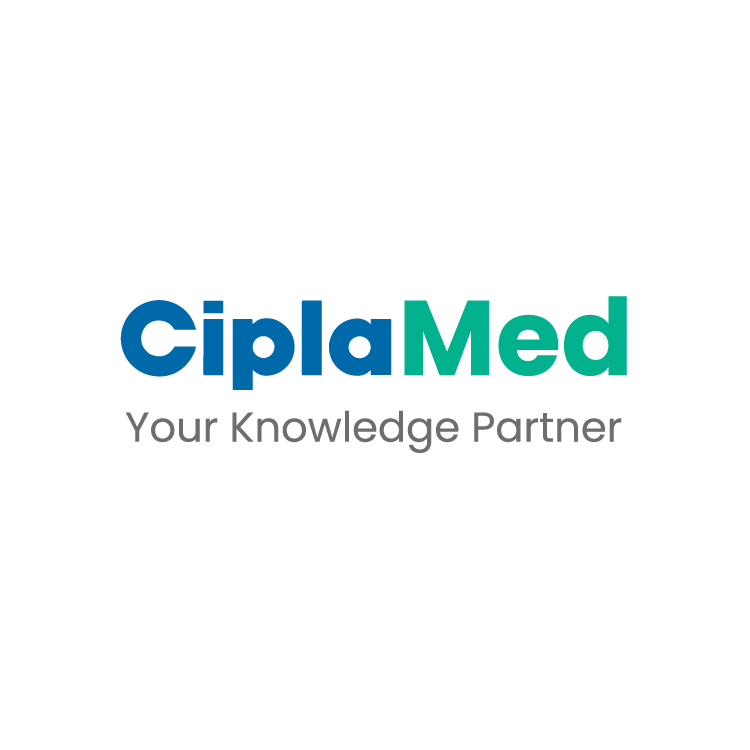Speaker- Zdravka Veleva
Fertility treatments have resulted in an increased incidence of multiple pregnancies, often associated with complications. The European Society of Human Reproduction and Embryology (ESHRE) established a target of 10% in 2001 to mitigate these risks. However, findings from the European In vitro fertilization (IVF) Monitoring Consortium reveal significant variability in multiple birth rates among European countries, ranging from 0% to 30%. These disparities underscore the difficulties in standardizing practices and outcomes across diverse healthcare systems and regions, emphasizing the necessity for enhanced healthcare infrastructure and unified regional standards.
A 2018 survey among European IVF practitioners identified substantial diversity in embryo transfer practices, spanning from single to double embryo transfers. A noteworthy finding was that 77% of respondents emphasized the importance of patient preferences in guiding these practices, prompting the establishment of guidelines published later in the same year. The guideline development group comprised a multidisciplinary team including clinicians, embryologists, quality managers, psychologists, ethicists, and patient representatives. Contributions also came from a research specialist at the ESHRE Central Office and two patient representatives, ensuring a thorough and inclusive approach to guideline formulation. This collaborative effort aimed to enhance consistency and ethical considerations in embryo transfer practices across European IVF clinics.
The ESHRE guidelines aimed to set criteria for embryo transfer in IVF patients through a thorough review of 17,700 articles up to December 1, 2020. This extensive review yielded 35 evidence-based recommendations and practical guidelines that carefully balanced benefits, potential drawbacks, and patient preferences. Particular concern was the heightened risk of ectopic pregnancy associated with multiple embryo transfers, underscoring the importance of comprehensive risk disclosure before treatment initiation. The guidelines also acknowledged the significance of social, legal, and economic factors, aligning with European standards and practices. Ultimately, the objective was to equip patients with essential pre-treatment information to facilitate informed decision-making.
IVF treatment can have a profound financial impact on a family's annual household expenditure, necessitating comprehensive patient education about associated costs such as lost workdays, sick leave, and travel expenses. Equally critical is addressing a range of psychosocial concerns, including stress, emotional adjustment, risks of postpartum depression, financial strain, and difficulties in parental bonding, social isolation, and marital stress. By emphasizing these aspects during treatment planning, patients are better equipped to make informed decisions and prepare effectively for the challenges they may encounter throughout the IVF journey. This holistic approach aims to support patients in navigating both the practical and emotional dimensions of fertility treatment.
Infertility treatment integrates medical management and family building, with success rates ranging from 20% to 35%. Patient preferences are pivotal, including desired outcomes such as pregnancy, live births, embryo transfer specifics, multiple births, and family size. Open discussions are essential for mutual understanding and decision alignment, aiming to tailor treatments to individual needs for supportive, personalized infertility care.
A survey of infertility patients across Europe, translated into 29 languages with 19 questions, was disseminated by the guideline group, Fertility Europe patient organization, ESHRE national representatives, social media, and volunteers. Over six months, 4,500 responses were collected and analyzed. The survey inquired about ideal family size and reasons behind these preferences, revealing that 86% of respondents desired at least two children, reflecting reasonable expectations. Notably, 2.7% anticipated having no children post-treatment, highlighting the dispositional optimism among patients. Preferences for family size varied, with half of the respondents expressing no specific preference, one-third favoring singletons for simplicity and reduced risk, and two-thirds preferring twins for perceived cuteness and the desire for multiple children. Concerning, only 11.6% perceived low health risks in having twins, emphasizing the importance of understanding these preferences for informed decision-making in infertility treatment.
Elective Single Embryo Transfer (ESET) is prioritized in IVF treatment over Single Embryo Transfer (SET) due to its potential to achieve higher cumulative live birth rates. Double embryo transfer is associated with increased complications and a higher risk of multiple pregnancies. Complex fertility treatments involving donor oocytes donated embryos, and gestational carriers introduce additional risks. Emphasis on embryo quality underscores recommendations against transferring both good and suboptimal embryos simultaneously, as this practice increases the risk of multiple pregnancies and reduces success rates. There is a call for standardized best practices in embryology to enhance consistency and quality across diverse clinical settings.
The guideline advises against double embryo transfer due to insufficient supportive literature. It serves as a framework for discussing treatment options with patients, considering perspectives from the mother, baby, family, and societal viewpoints. For patient-centered care, evaluating multiple factors contributing to successful treatment outcomes is important.
Mixed-quality embryo transfers can lead to decreased pregnancy rates due to factors such as resource competition, immunological disparities, and the uterine environment's influence. A thorough patient analysis can pinpoint reasons for lower success rates. Transferring two poor-quality embryos may heighten complication risks without enhancing outcomes. Consent forms for multiple embryo transfers should outline potential dangers, including the possibility of ectopic pregnancy. Given patients' primary goal of achieving a successful pregnancy, consent procedures should emphasize the broader implications and risks associated with embryo transfers.
European Society of Human Reproduction and Embryology, July 7-10, Amsterdam, The Netherland




